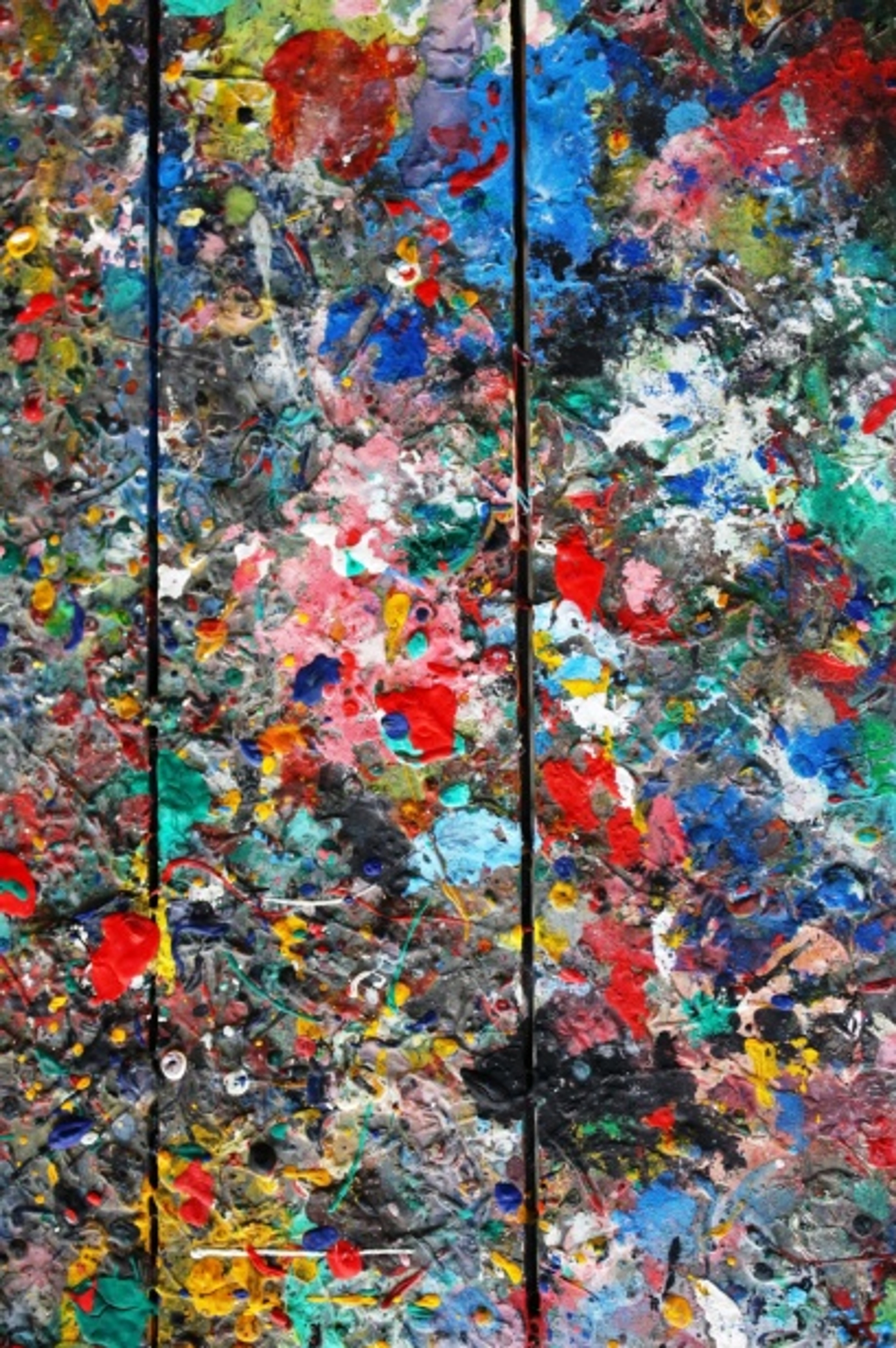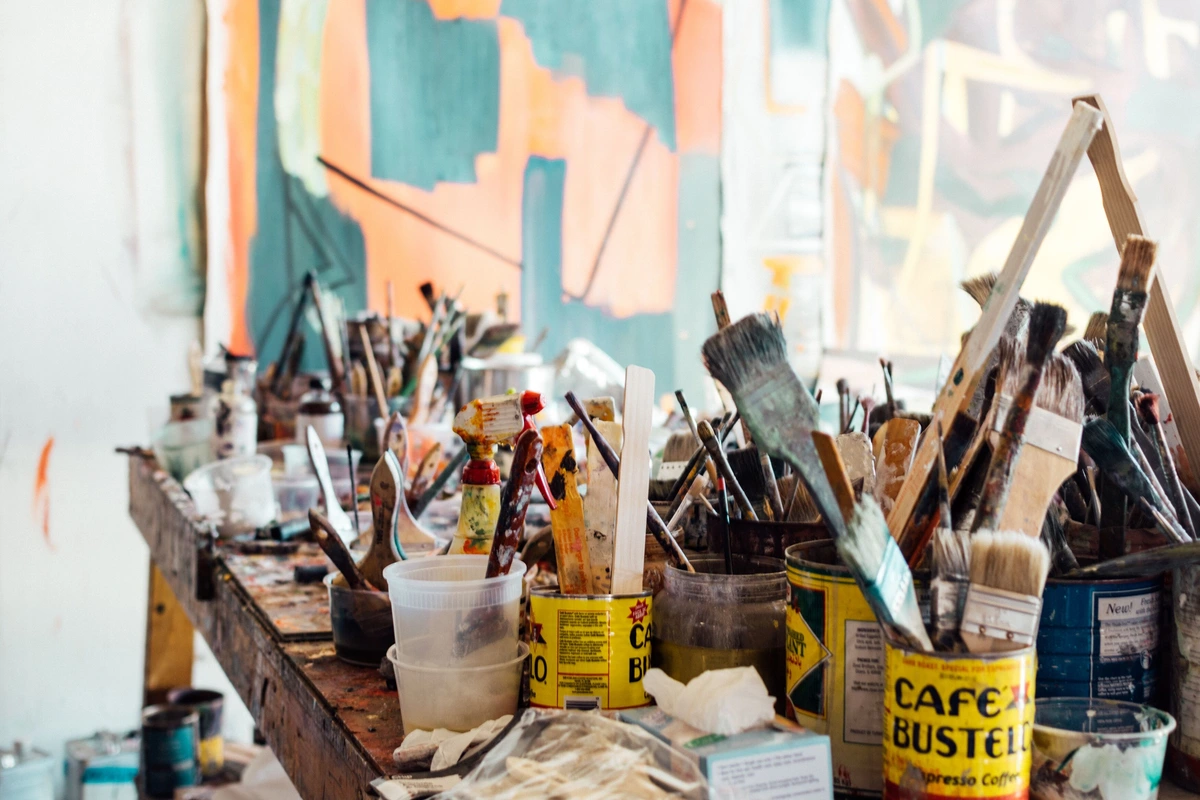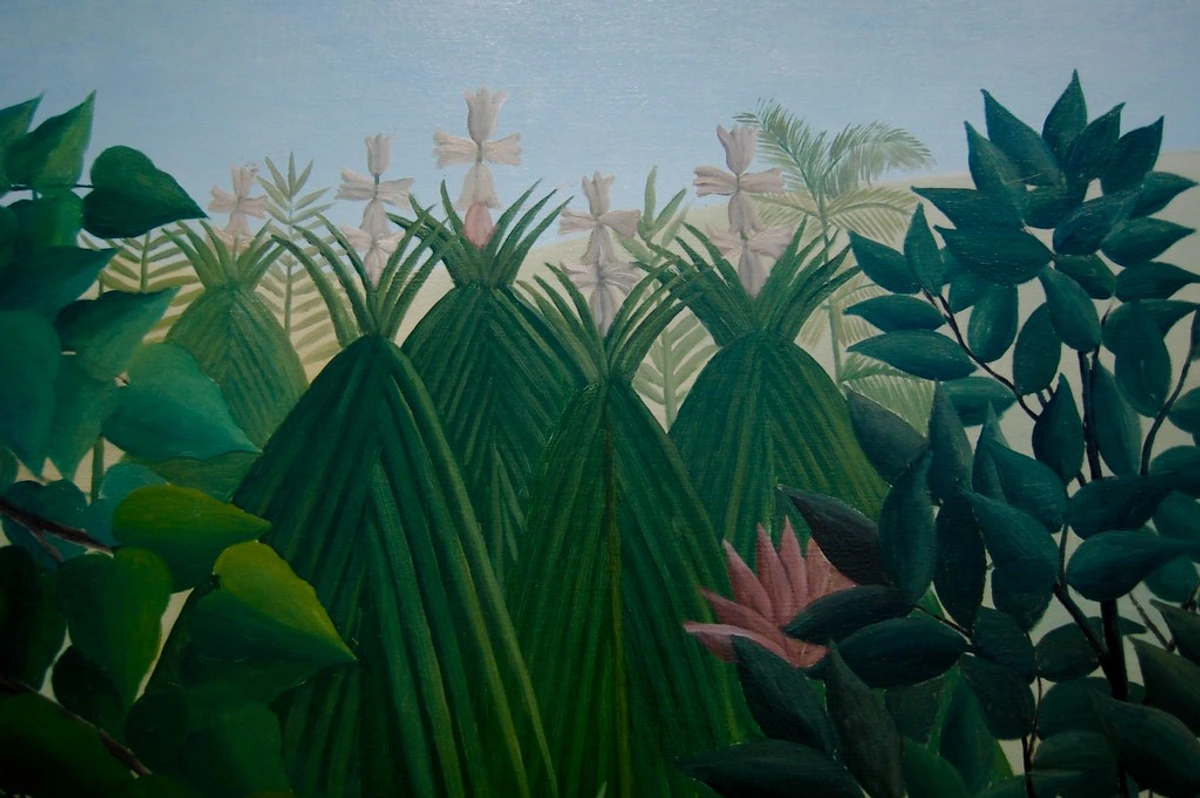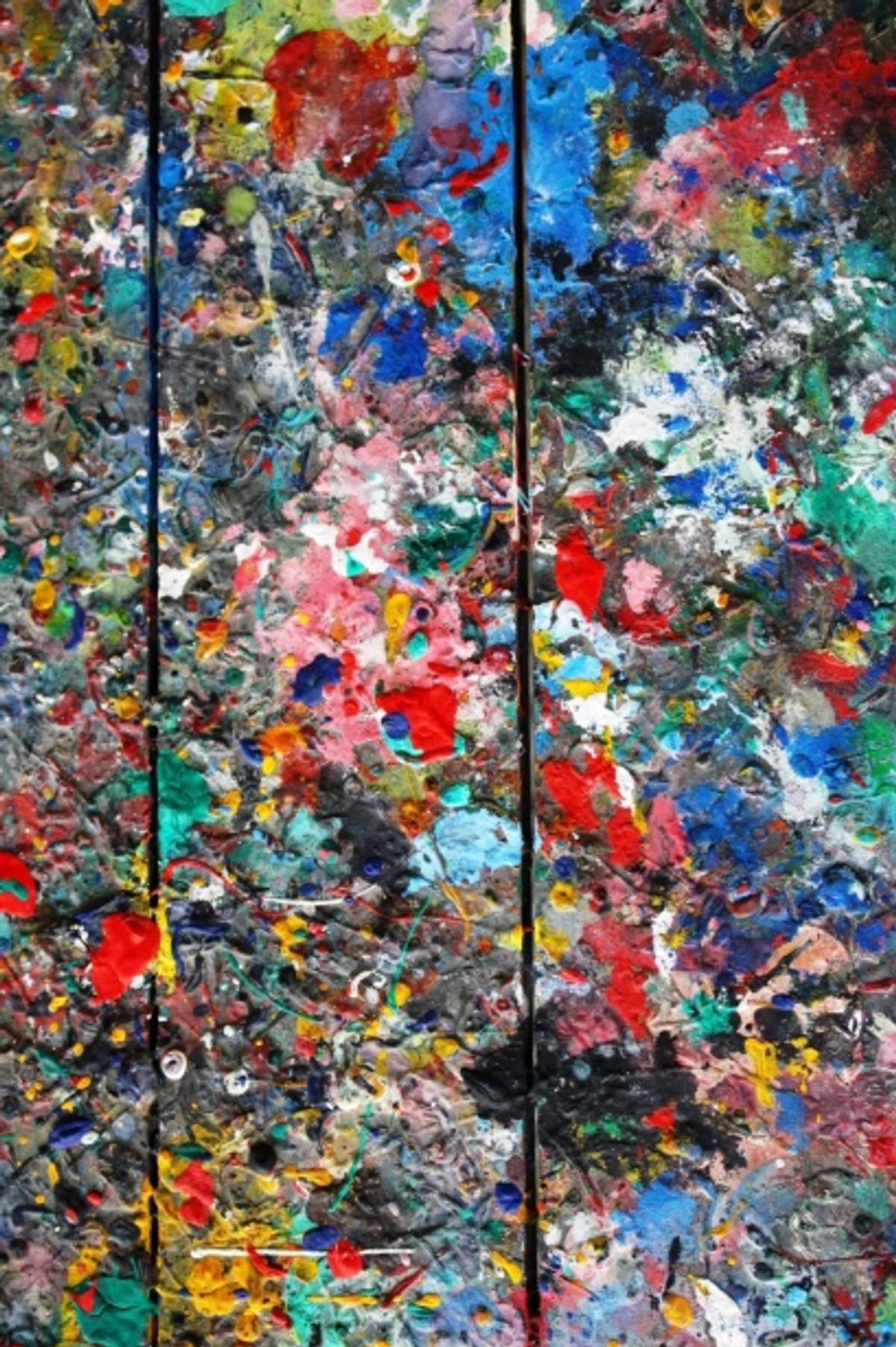
Outsider Art: Unearthing Raw Expression, Untamed Spirit & Influence
Join me in exploring Outsider Art and Art Brut. Discover its raw power, captivating history, visionary artists, and its profound, often unexpected, influence on mainstream art, all through a deeply personal lens.











